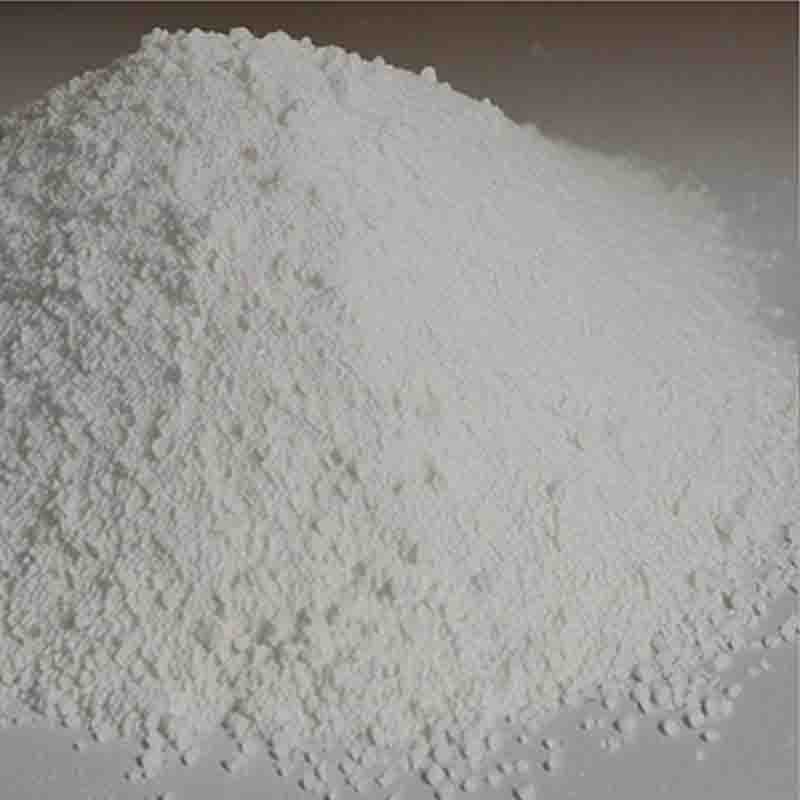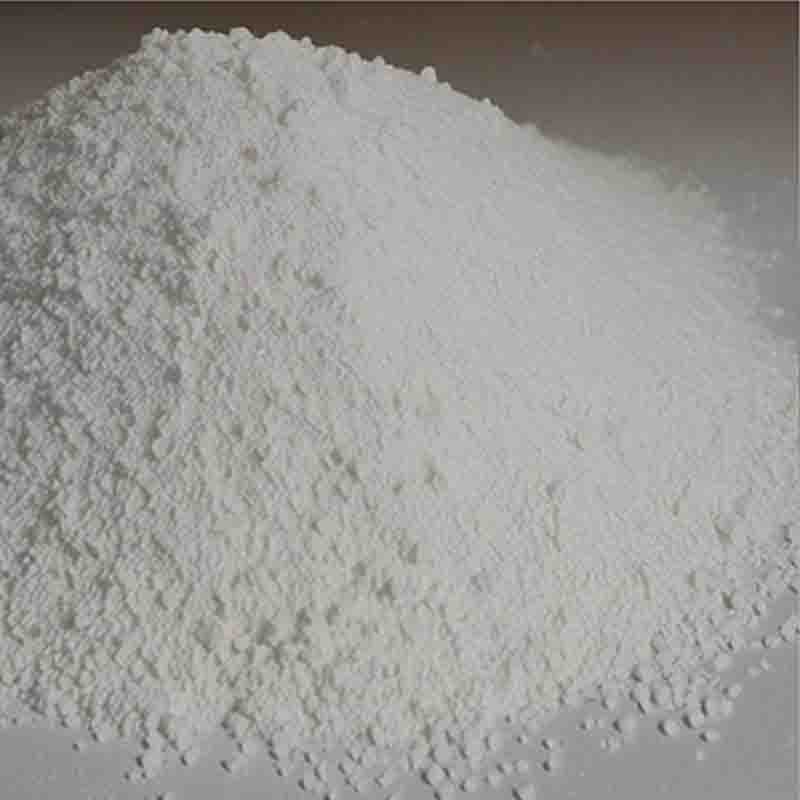Palladium CAS: 7440-05-3
| Catalog Number | XD94486 |
| Product Name | Palladium |
| CAS | 7440-05-3 |
| Molecular Formula | Pd |
| Molecular Weight | 106.42 |
| Storage Details | Ambient |
Product Specification
| Appearance | White powder |
| Assay | 99% min |
Introducing Palladium: Transforming Agriculture, Human Medicine, and Industry
Palladium, a versatile and valuable metal, is poised to revolutionize the fields of agriculture, human medicine, and industry. With its unique properties and wide range of applications, palladium offers numerous benefits that contribute to advancements in these sectors.
In agriculture, palladium plays a crucial role in catalytic converters for vehicles, reducing harmful emissions and improving air quality. Its exceptional catalytic properties enable the conversion of toxic gases, such as carbon monoxide and nitrogen oxides, into less harmful substances. By integrating palladium-based catalytic converters into agricultural machinery, emissions from farming activities can be significantly reduced, mitigating the environmental impact and promoting sustainability.
Furthermore, palladium is increasingly utilized in precision agriculture technologies. Its electrical conductivity and resistance to corrosion make it an excellent material for sensors and electrodes used in soil analysis, irrigation systems, and plant monitoring devices. By accurately measuring soil moisture, nutrient levels, and other critical parameters, palladium-based sensors enable farmers to optimize resource allocation, leading to improved crop yields and resource efficiency.
In the field of human medicine, palladium has gained recognition for its use in dental and orthopedic applications. It is commonly employed in dental alloys, where its biocompatibility and resistance to corrosion make it ideal for dental implants, crowns, and bridges. Palladium-based alloys also find applications in orthopedic implants, where their strength, durability, and biocompatibility contribute to successful joint replacements and bone fixation procedures.
Moreover, palladium has shown promise in cancer treatment. It is used in targeted therapies and imaging techniques, such as positron emission tomography (PET), where palladium-based radiopharmaceuticals are employed to detect and treat tumors. Palladium complexes have also demonstrated potential as anticancer agents, with ongoing research exploring their ability to selectively destroy cancer cells while minimizing damage to healthy tissues.
In industry, palladium is widely utilized as a catalyst in various chemical reactions. Its catalytic properties enable the production of pharmaceuticals, plastics, and other essential materials. Palladium-catalyzed reactions offer high efficiency, selectivity, and sustainability, making them vital in the synthesis of complex organic compounds and the development of greener manufacturing processes.
In conclusion, palladium is a transformative element with diverse applications in agriculture, human medicine, and industry. Its catalytic properties, biocompatibility, and resistance to corrosion make it an invaluable material for reducing emissions, improving agricultural practices, advancing medical treatments, and enhancing industrial processes. As research and development continue, the potential of palladium in these fields is expected to expand, leading to further breakthroughs and innovations in the future.









